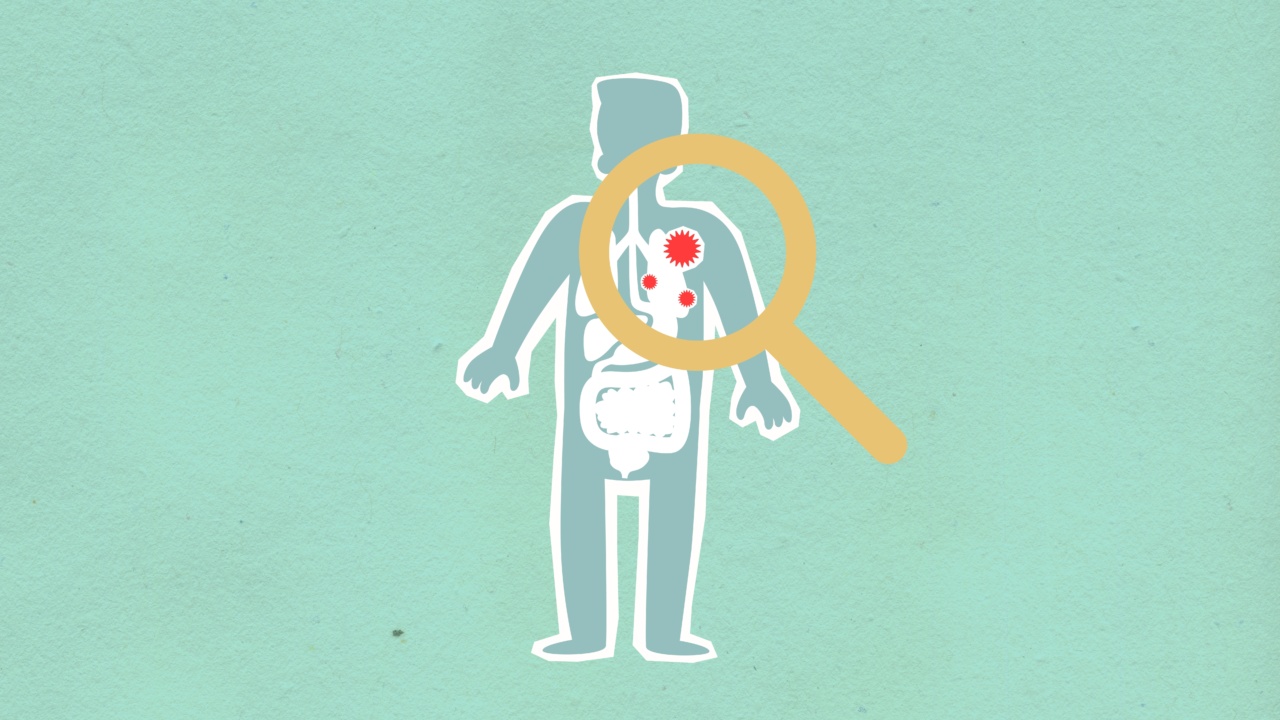Diabetes is a chronic condition in which the body is unable to regulate the levels of sugar in the blood effectively. There are two main types of diabetes – Type 1 and Type 2.
Type 1 diabetes typically affects people before the age of 30 and is caused by a lack of insulin production by the pancreas. Type 2 diabetes, on the other hand, usually develops in later life and is caused by a combination of factors, including genetics, diet, and lifestyle. This article will focus on the impact of early adolescence on diabetes risk in men.
What is Early Adolescence?
Early adolescence, also known as pre-teen or tween years, is the period between the ages of 10 and 14. It is a time of significant physical, social, and emotional changes.
Boys during this period experience rapid physical growth, changes in body composition, and hormonal changes that affect their mood, behavior, and physical appearance.
The Link Between Early Adolescence and Diabetes Risk in Men
A growing body of evidence suggests that early adolescence is a critical period for the development of Type 2 diabetes in men.
A study published in the Journal of Clinical Endocrinology & Metabolism found that men who experienced early puberty were at a greater risk of developing Type 2 diabetes later in life.
The study showed that early puberty was associated with higher levels of fasting insulin and insulin resistance in adulthood.
Insulin resistance occurs when the body’s cells become resistant to the effects of insulin, resulting in high blood sugar levels. Insulin resistance is a precursor to Type 2 diabetes and is often present in people with pre-diabetes.
Another study published in Diabetes Care found that boys who had a higher body mass index (BMI) during early adolescence were more likely to develop Type 2 diabetes in adulthood. BMI is a measure of body fat based on height and weight.
A higher BMI during early adolescence is an indicator of excess weight and adiposity, which are known risk factors for diabetes.
The Role of Lifestyle Factors
Lifestyle factors, such as diet and physical activity, play a crucial role in the development of Type 2 diabetes in men during early adolescence.
A study published in the Journal of Adolescent Health found that poor dietary habits during adolescence were associated with a higher risk of developing Type 2 diabetes in adulthood.
The study showed that adolescents who consumed a high-fat, high-sugar diet were more likely to develop insulin resistance and impaired glucose tolerance in adulthood.
Impaired glucose tolerance is a condition in which the body is unable to regulate blood sugar levels effectively, leading to high blood sugar levels.
Physical activity also plays a critical role in preventing Type 2 diabetes in men during early adolescence.
A study published in the Journal of Pediatrics found that boys who engaged in regular physical activity during early adolescence had a lower risk of developing Type 2 diabetes later in life.
The Importance of Early Intervention
Early intervention is critical in reducing the risk of diabetes in men during early adolescence.
A study published in Diabetes Care found that lifestyle interventions, such as changes in diet and physical activity, were effective in preventing Type 2 diabetes in high-risk individuals.
The study showed that a combination of diet and physical activity intervention resulted in significant reductions in BMI, fasting glucose, and insulin resistance in high-risk individuals.
Conclusion
Early adolescence is a critical period in which men are at increased risk of developing Type 2 diabetes. Lifestyle factors such as diet and physical activity play an essential role in the development of diabetes in men during this period.
Early intervention in the form of lifestyle changes can significantly reduce the risk of developing Type 2 diabetes and its associated complications.




























